Related Research Articles

Exmoor is loosely defined as an area of hilly open moorland in west Somerset and north Devon in South West England. It is named after the River Exe, the source of which is situated in the centre of the area, two miles north-west of Simonsbath. Exmoor is more precisely defined as the area of the former ancient royal hunting forest, also called Exmoor, which was officially surveyed 1815–1818 as 18,810 acres (7,610 ha) in extent. The moor has given its name to a National Park, which includes the Brendon Hills, the East Lyn Valley, the Vale of Porlock and 55 km (34 mi) of the Bristol Channel coast. The total area of the Exmoor National Park is 692.8 km2 (267.5 sq mi), of which 71% is in Somerset and 29% in Devon.
The Office of the Lord Lieutenant was created during the reign of Henry VIII (1509–1547), taking over the military duties of the Sheriffs and control of the military forces of the Crown. From 1569 there was provision for the appointment of Deputy Lieutenants, and in 1662 the Lord-Lieutenant was given entire control of the militia. The Regulation of the Forces Act 1871 transferred this function back to the Crown, and in 1921, the office lost its power to call upon men of the county to fight in case of need. Since 1711 all the Lord Lieutenants have also been Custos Rotulorum of Devon.
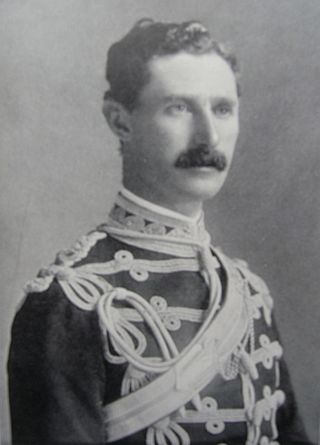
Hugh Fortescue, 4th Earl Fortescue, styled Viscount Ebrington from 1861 to 1905, was an English Liberal politician who sat in the House of Commons from 1881 until 1892 and later in the House of Lords having inherited his father's peerages. He was a famous sportsman in the hunting-field.

Hugh William Fortescue, 5th Earl Fortescue,, styled Viscount Ebrington from 1905 until 1932, of Castle Hill in the parish of Filleigh, of Weare Giffard Hall, both in Devon and of Ebrington Manor in Gloucestershire, was a British peer, military officer, and Conservative politician.

Colonel Sir Frederick Winn Knight was an English Conservative politician who sat in the House of Commons from 1841 to 1885.

Holnicote in the parish of Selworthy, West Somerset, England, is a historic estate consisting of 12,420 acres of land, much situated within the Exmoor National Park.

Simonsbath is a small village high on Exmoor in the English county of Somerset. It is the principal settlement in the Exmoor civil parish, which is the largest and most sparsely populated civil parish on Exmoor, covering nearly 32 square miles (83 km2) but with a population, at the time of the 2001 census, of 203 in 78 households, reducing to 156 at the 2011 census. The River Exe rises from a valley to the north, and the River Barle runs through the village and is crossed by a triple-arched medieval bridge that was extensively repaired after floods in 1952.

Sir Thomas Dyke Acland, 7th Baronet of Killerton in Devon and Petherton Park in Somerset, was Member of Parliament for Devon, 1746–1747, for Somerset, 1767–1768, and was High Sheriff of Somerset in 1751. He was a prominent member of the West Country gentry, and a famous staghunter who used as his hunting seats his wife's Exmoor estates of Pixton and Holnicote.
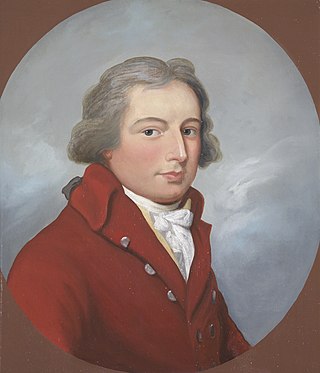
Sir Thomas Dyke Acland, 9th Baronet of Killerton in Devon and Holnicote in Somerset, was a prominent landowner and member of the West Country gentry. He was especially noted for his passion for staghunting, in which respect he took after his father. Like his father he was known locally in Devon and Somerset as "Sir Thomas his Honour".

Mordaunt Fenwick Bisset, of Bagborough, Somerset, was a British Conservative Member of Parliament and a famous west-country Master of Staghounds.

Pixton Park is a country house in the parish of Dulverton, Somerset, England. It is associated with at least three historically significant families, successively by descent: Acland, amongst the largest landowners in the West Country; Herbert, politicians and diplomats; and Waugh, writers. The present grade II* listed Georgian mansion house was built circa 1760 by the Acland family and in 1870 was altered by Henry Herbert, 4th Earl of Carnarvon (1831–1890). Although Pixton Park is situated within the manor of Dulverton, the manorial chapel relating to Pixton is situated not at Dulverton but within the Church of St Nicholas, Brushford, across the River Barle, as the lordship of the manor of Dulverton was held from 1568 by the Sydenham family seated at Combe House, on the opposite side of the River Barle to Dulverton and Pixton.

Sir William Fortescue of Buckland Filleigh, Devon, was a British judge and Master of the Rolls 1741–1749.
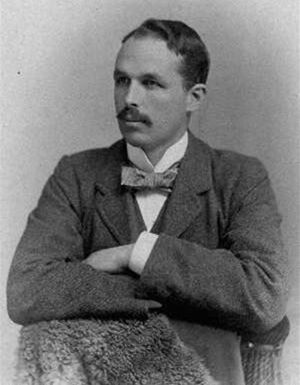
Philip Froude Hancock universally known as Froude Hancock was an English rugby union forward who played international rugby for the British Isles XV on two tours, the 1891 and 1896 tour of South Africa.
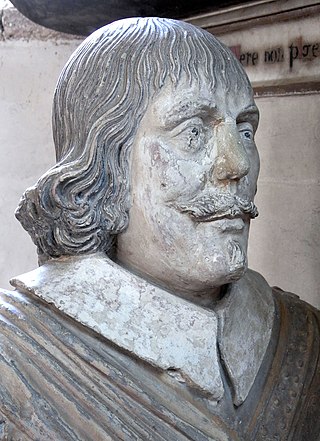
Sir John Northcote, 1st Baronet was an English politician who sat in the House of Commons at various times between 1640 and 1676. He supported the Parliamentarian cause in the English Civil War.
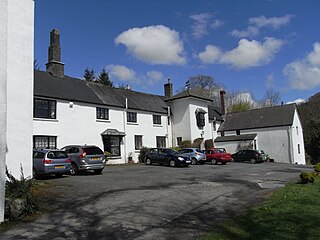
Simonsbath House is a historic house in Simonsbath on Exmoor in Somerset, England. The Grade II listed building is now the Simonsbath House Hotel, and outdoor activity centre. It lies in the valley of the River Barle and on the Two Moors Way footpath.
The Royal North Devon Yeomanry was a Yeomanry regiment of the British Army. First raised in 1798, it participated in the Second Boer War and the First World War before being amalgamated with the Royal 1st Devon Yeomanry in 1920 to form the Royal Devon Yeomanry.
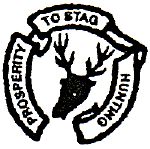
The red deer of Exmoor have been hunted since Norman times, when Exmoor was declared a Royal Forest. Collyns stated the earliest record of a pack of Staghounds on Exmoor was 1598. In 1803, the "North Devon Staghounds" became a subscription pack. In 1824/5 30 couples of hounds, the last of the true staghounds, were sold to a baron in Germany. Today, the Devon and Somerset is one of three staghounds packs in the UK, the others being the Quantock Staghounds and the Tiverton Staghounds. All packs hunt within Devon and Somerset. The Chairman as of 2016 is Tom Yandle, who was previously High Sheriff of Somerset in 1999.

Duvale is a historic estate in the parish of Bampton, Devon. It is situated on a narrow flat plain in the steep-sided valley of the River Exe, 1 1/2 miles south west of the town of Bampton and 5 miles north of Tiverton, also on the River Exe further downstream. The name, given by Pole as Deu Vale, is said by him to signify "a valley of water". It was until the nearby construction of the present busy A396 road a place of exceptional seclusion and tranquility.
The descent of the Holnicote estate in Somerset, England, is as follows:

The Staghound, sometimes referred to as the English Staghound, is an extinct breed of scent hound from England. A pack hound, the breed was used to hunt red deer and became extinct in the 19th century when the last pack was sold.
References
- ↑ Office-Holders in Modern Britain. Vol. 11 (Revised ed.). London: University of London. 2006. pp. 215–216. cited at "Hunting, sporting and gaming: The staghounds and harthounds". British History Online. Retrieved January 29, 2015.
- ↑ Underhill, George Frederick (1903). The Master of Hounds. G. Richards. pp. 213-223. Retrieved January 29, 2015.
- ↑ John Wooten. "Portrait of Sir Robert Walpole (1676-1745) as Master of the Kings Staghounds in Windsor Forest". MyStudios.com. Retrieved January 29, 2015.
- ↑ Fortescue, Hon. John. Record of Staghunting on Exmoor, London, 1887, A Tabulated History of the North Devon and Devon and Somerset Staghounds (Appendix B)
- ↑ Fortescue, John (1887). Record of Staghunting on Exmoor, London, 1887, A Tabulated History of the North Devon and Devon and Somerset Staghounds.